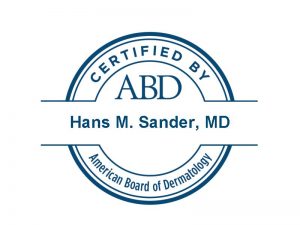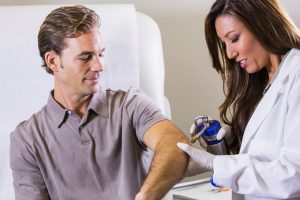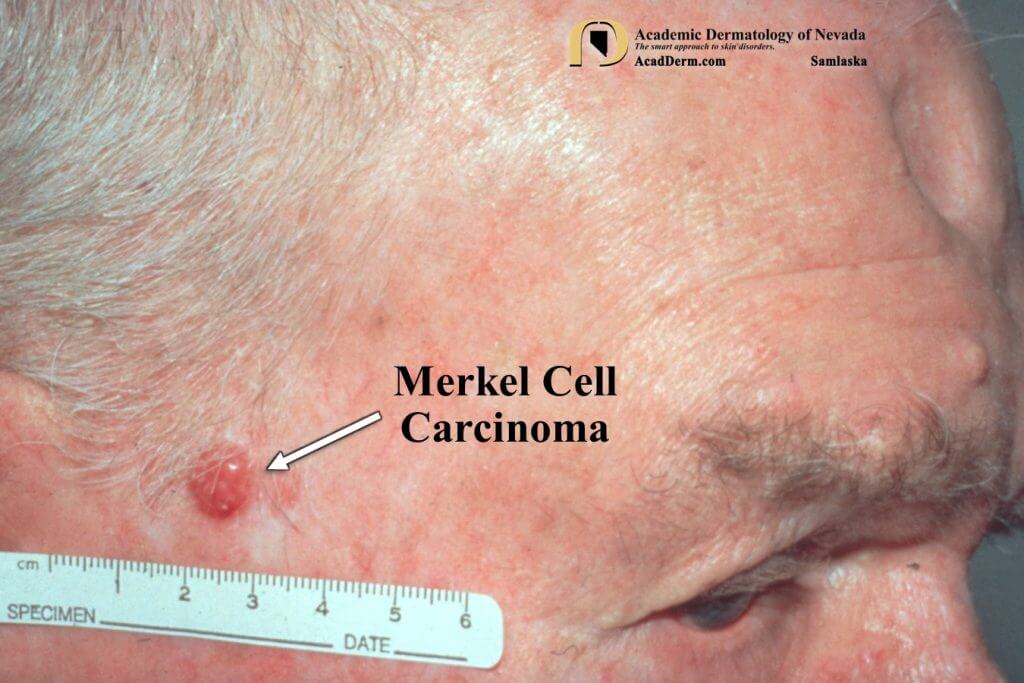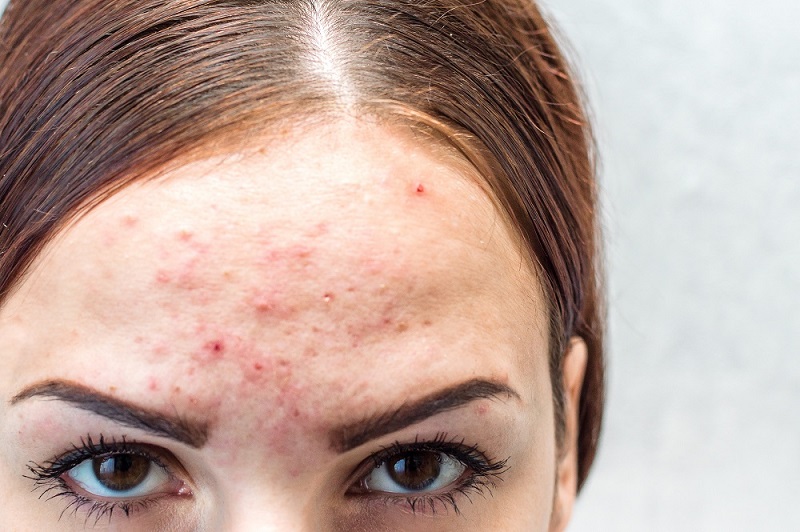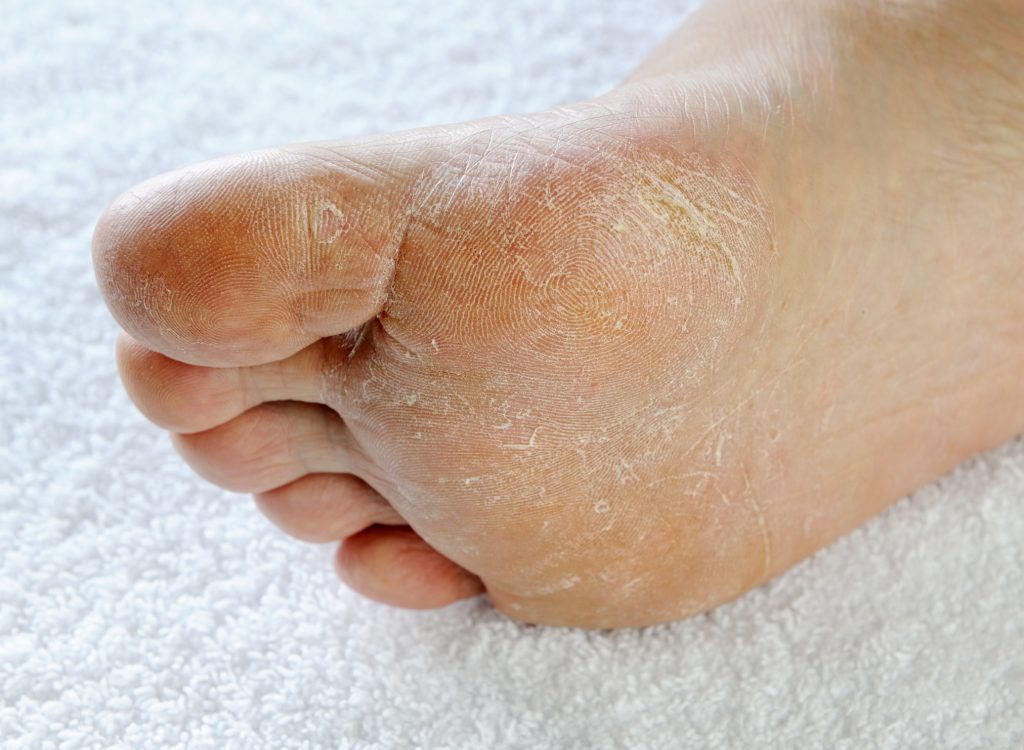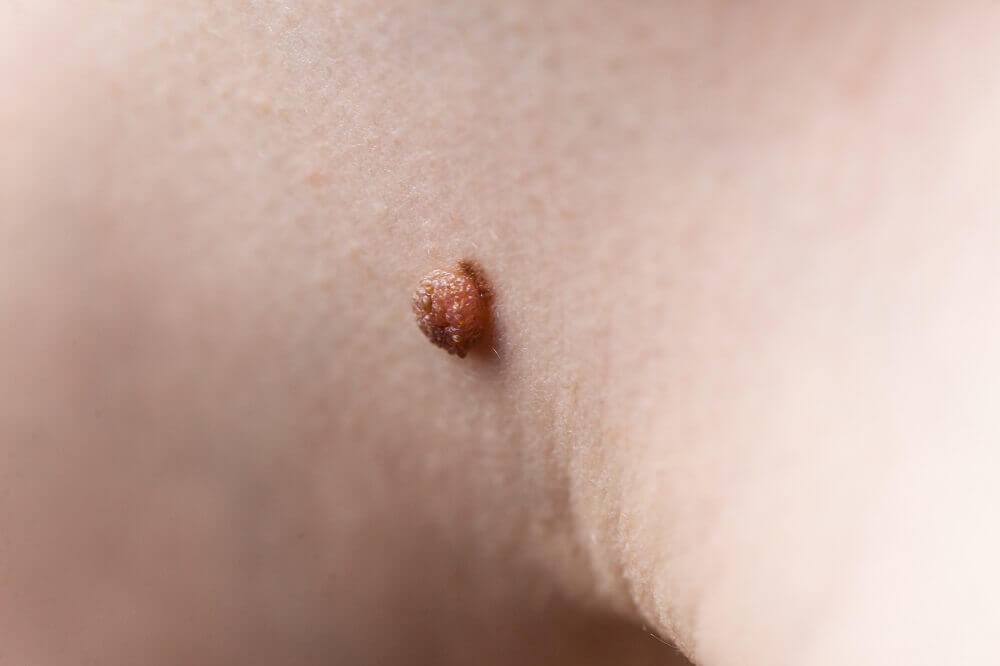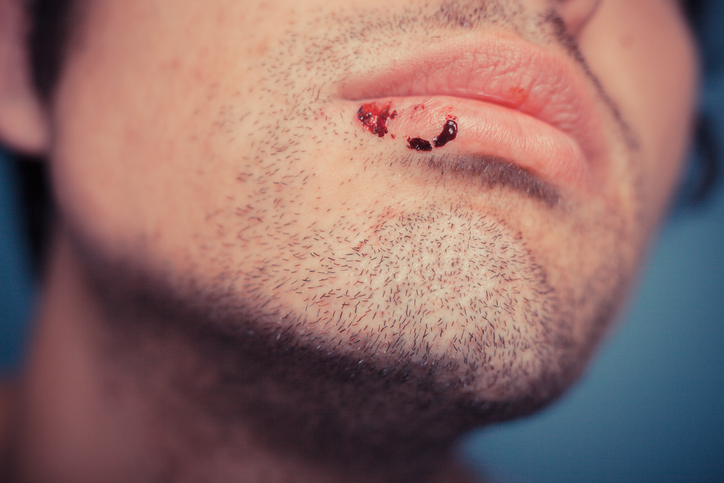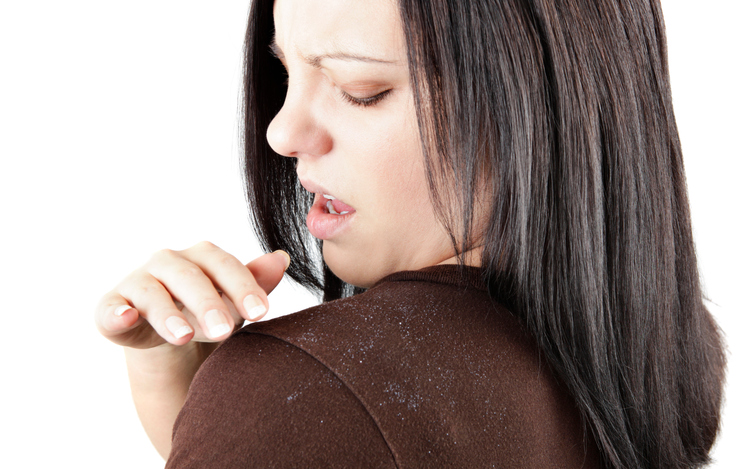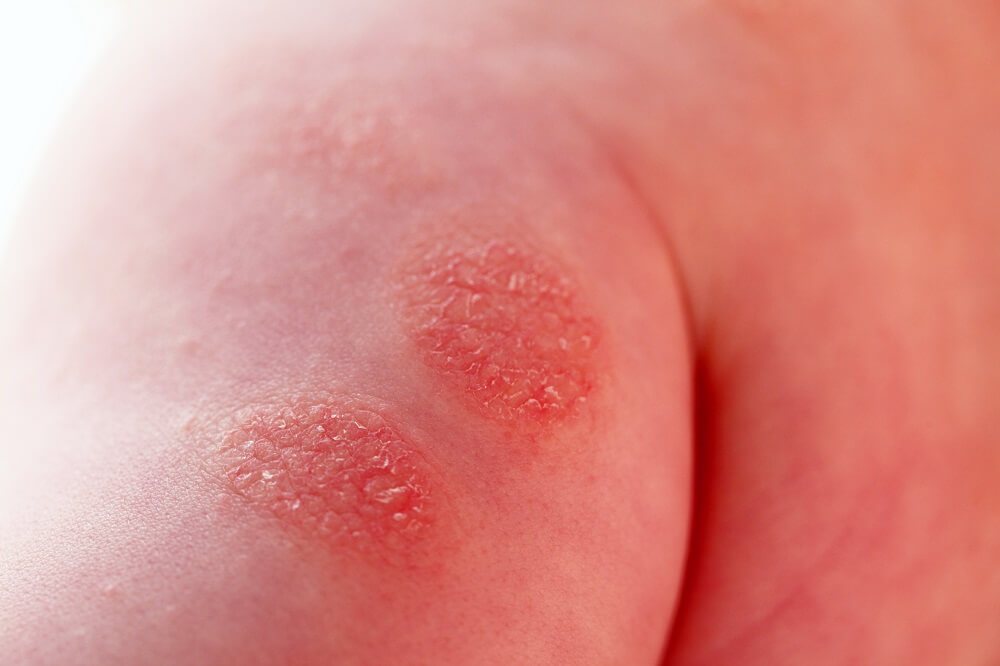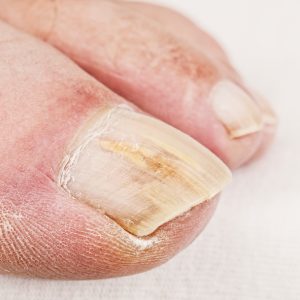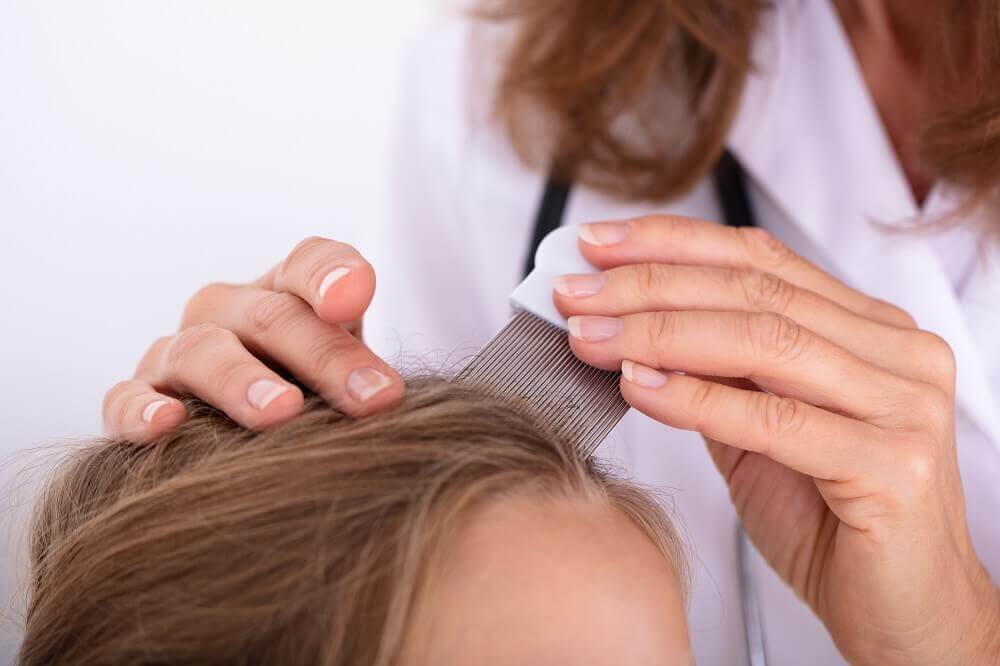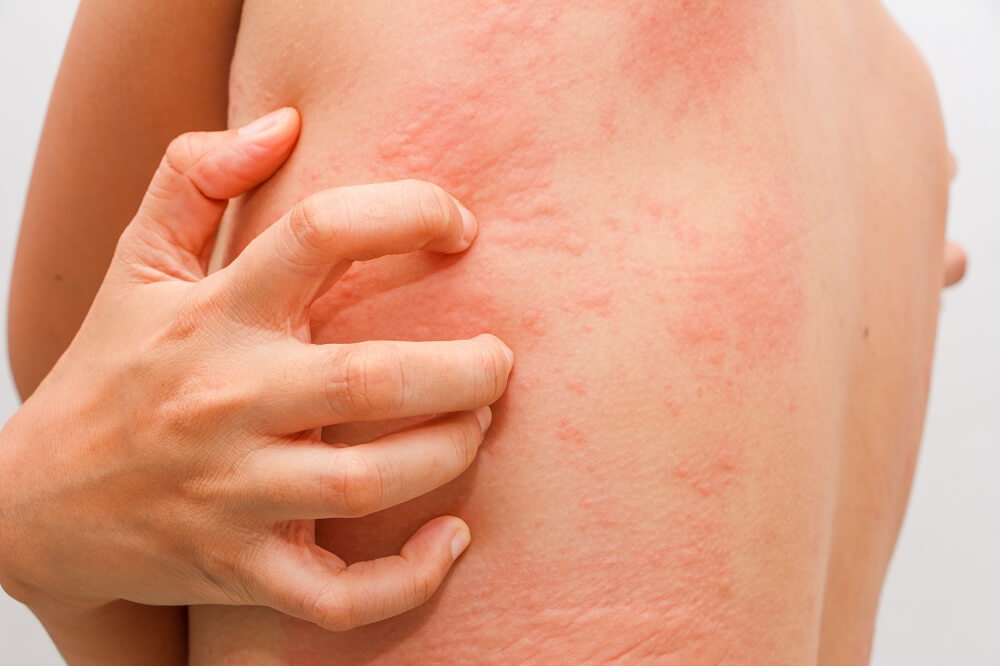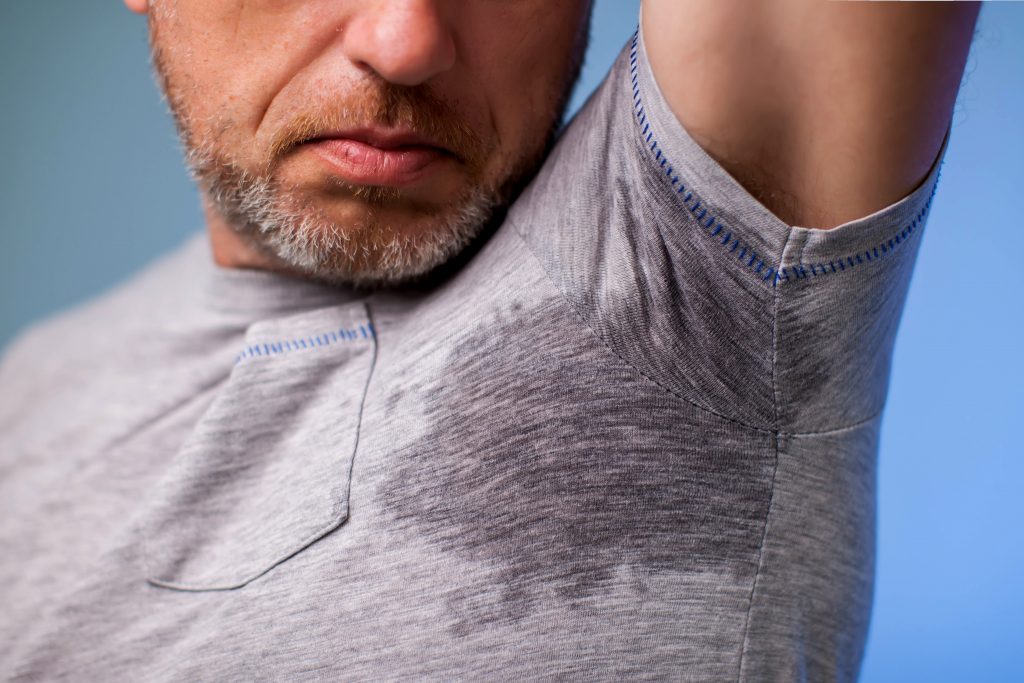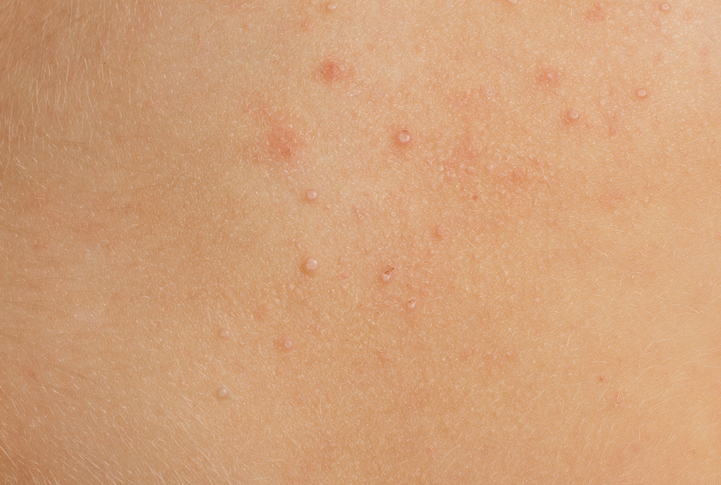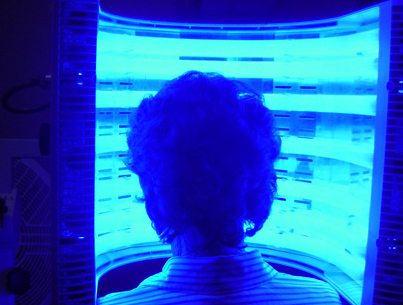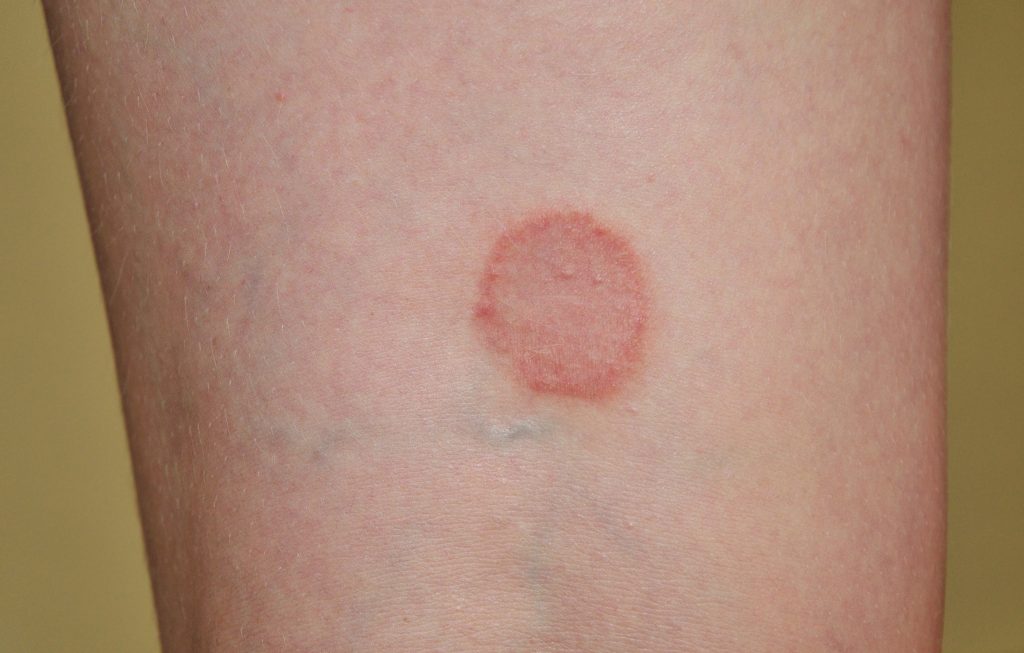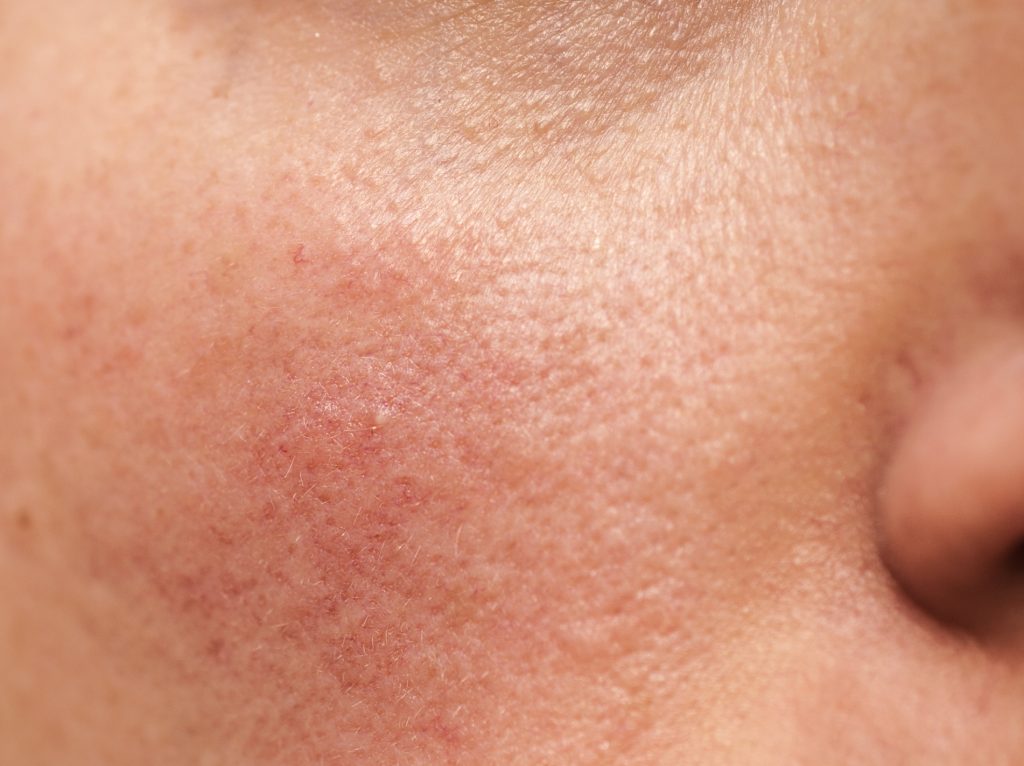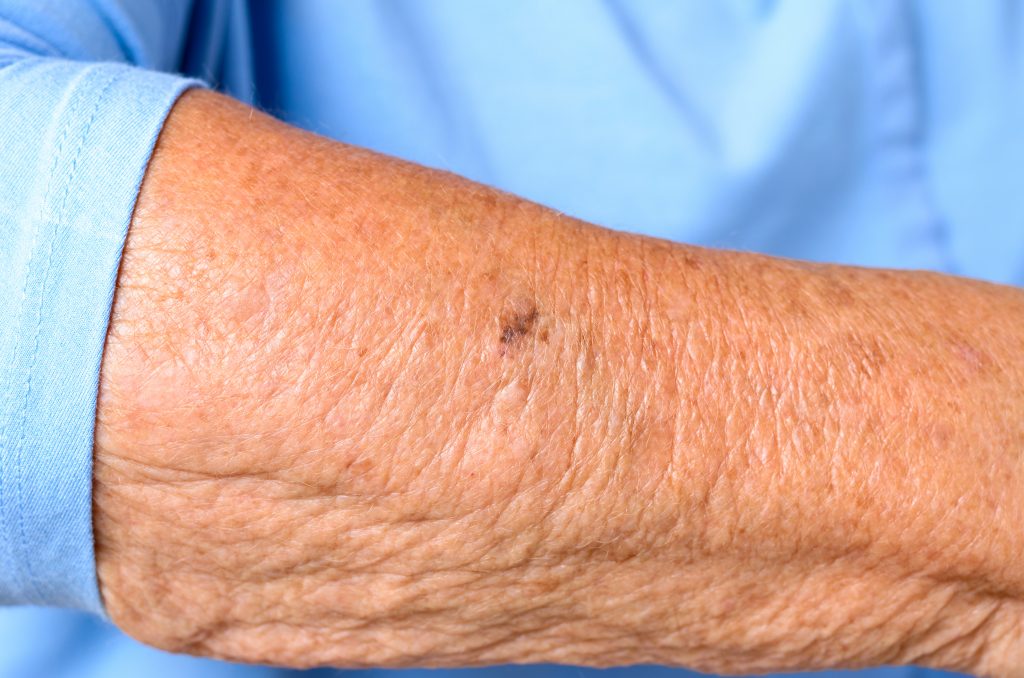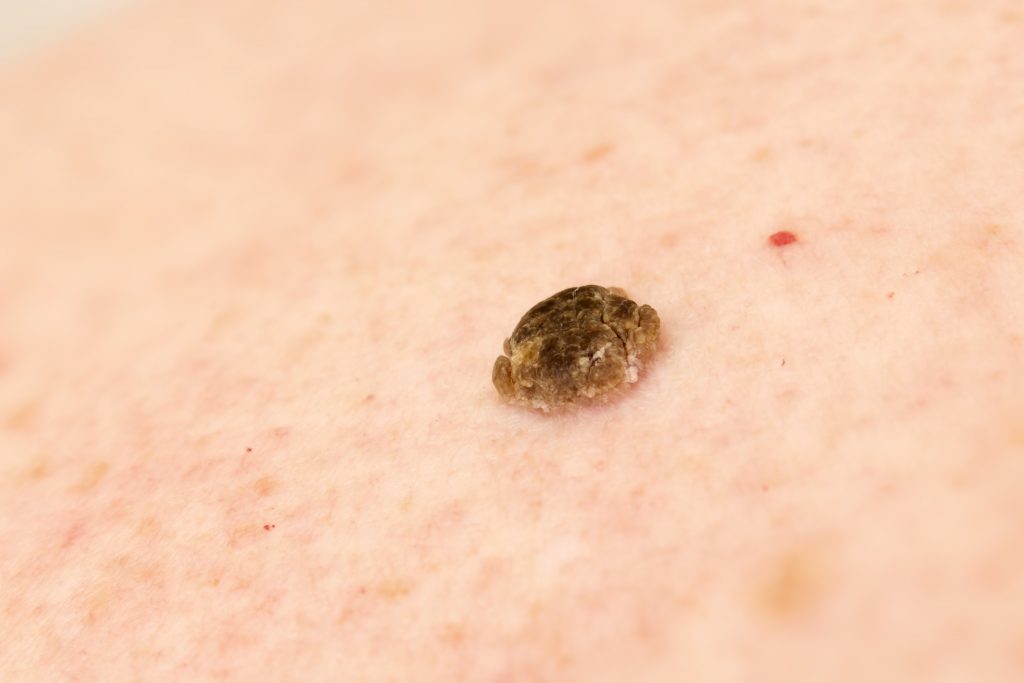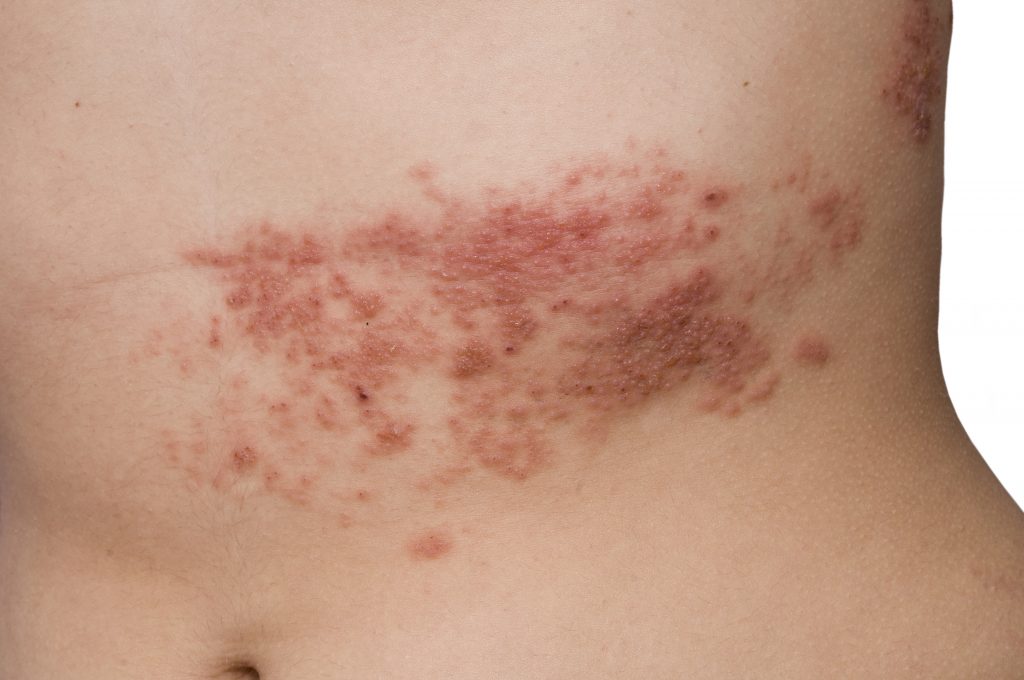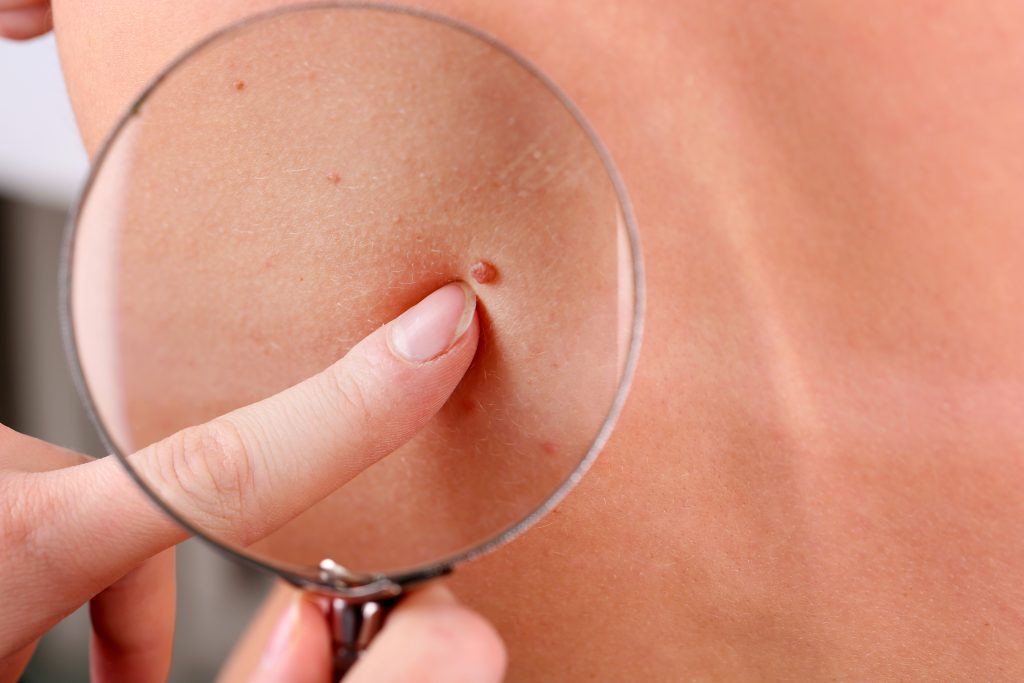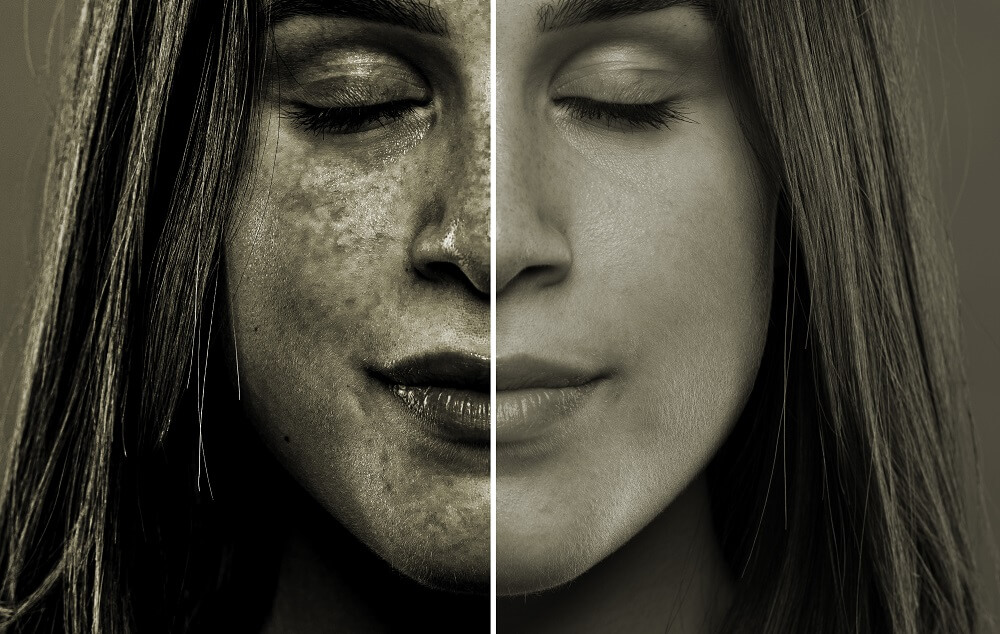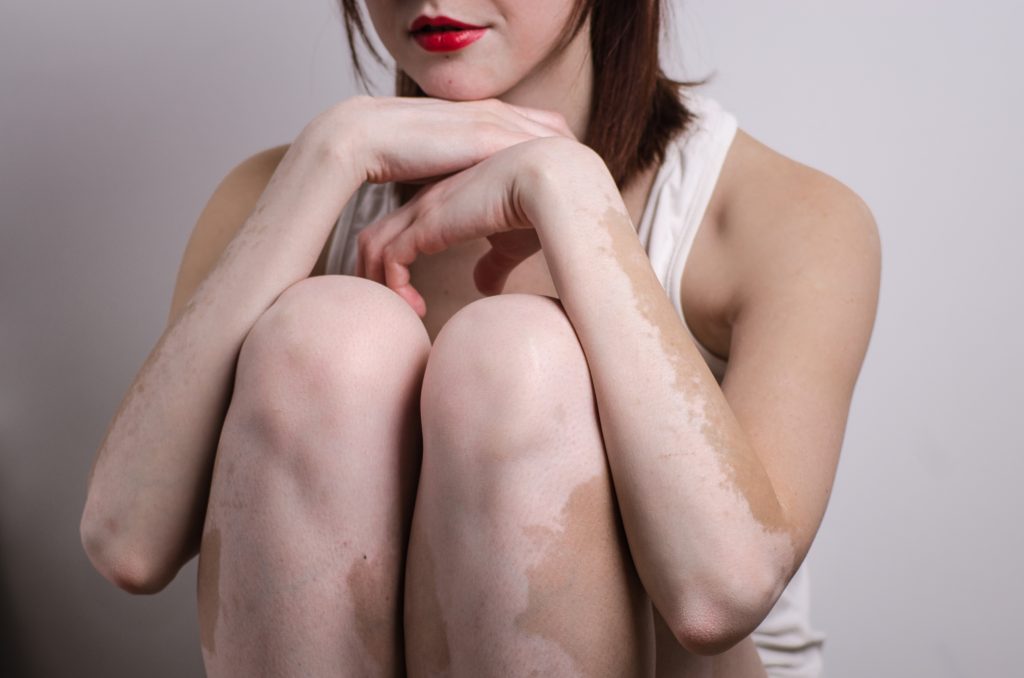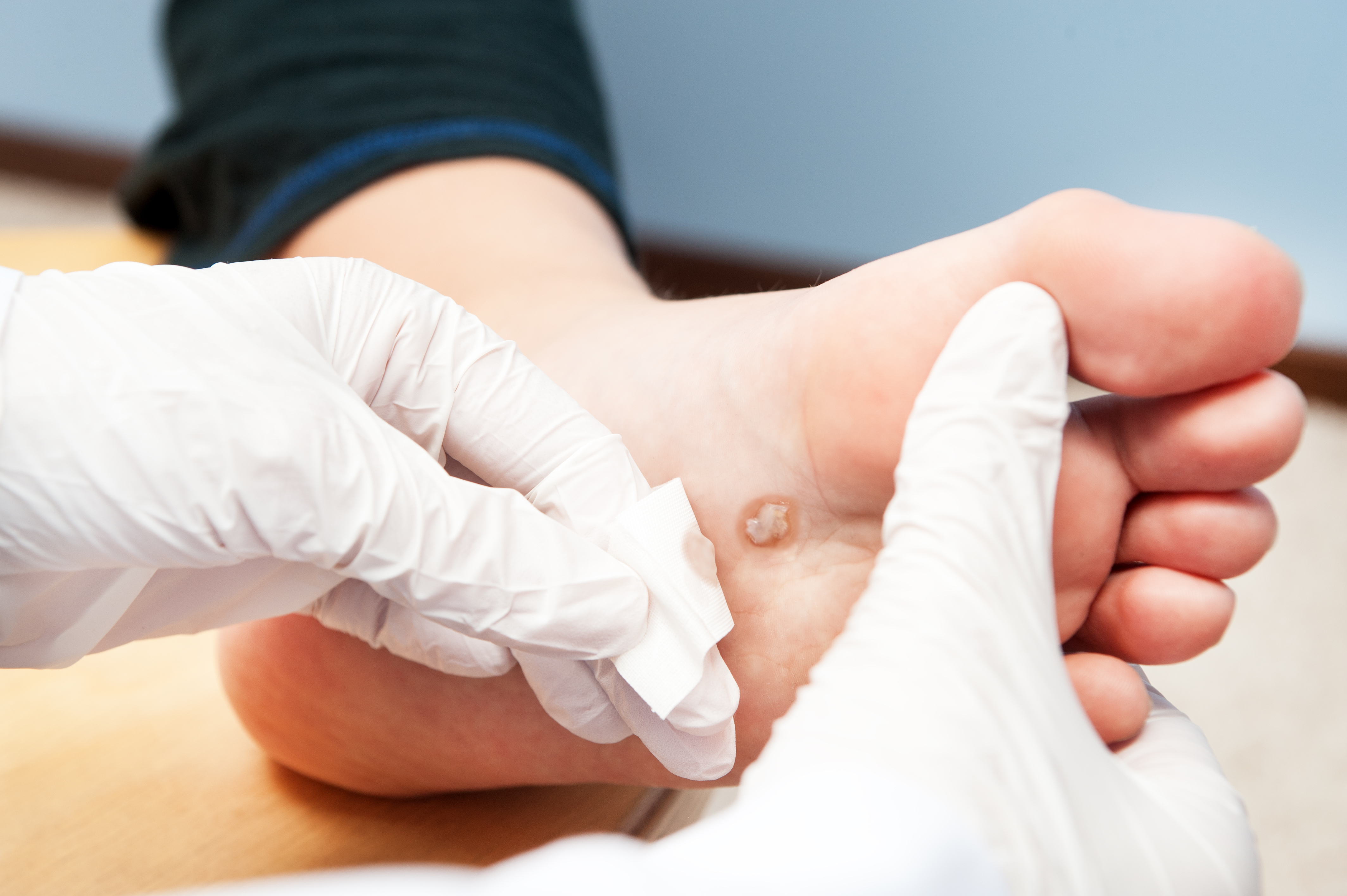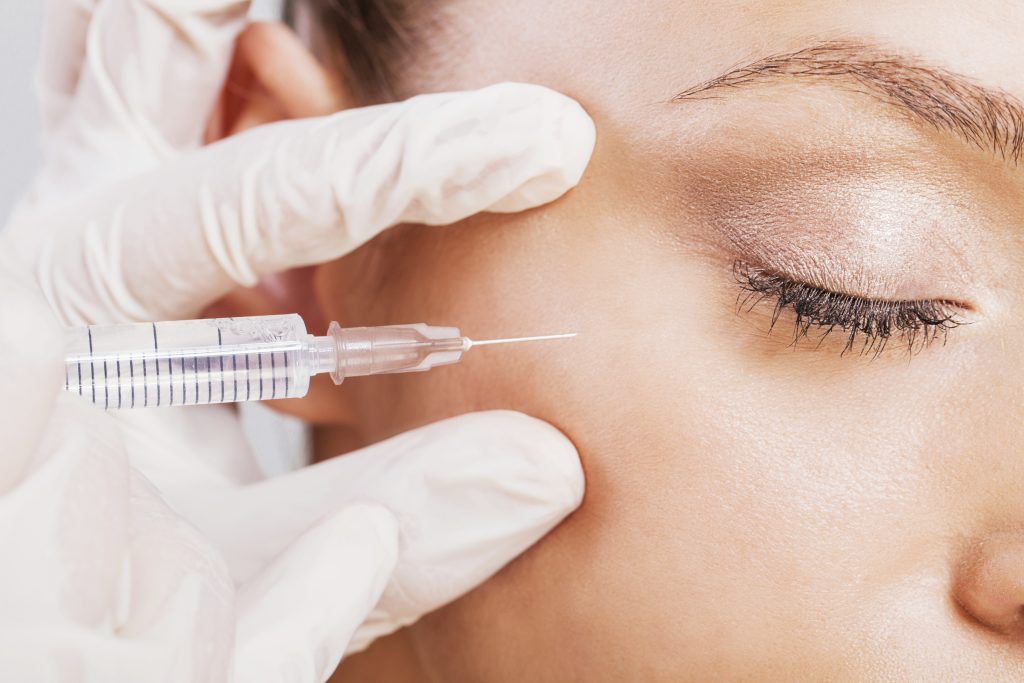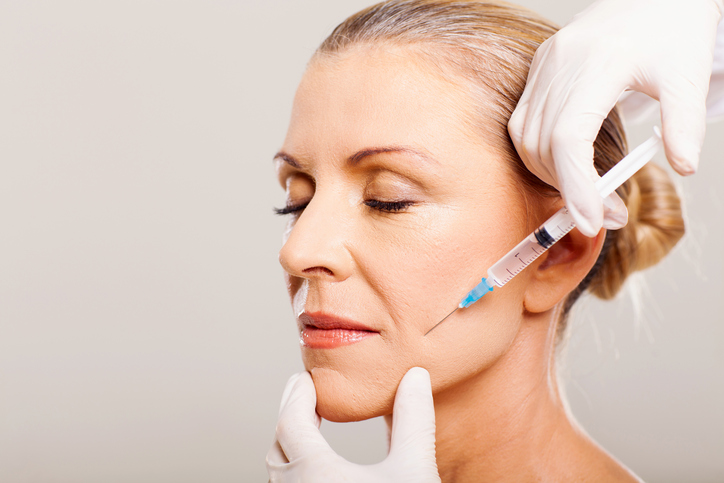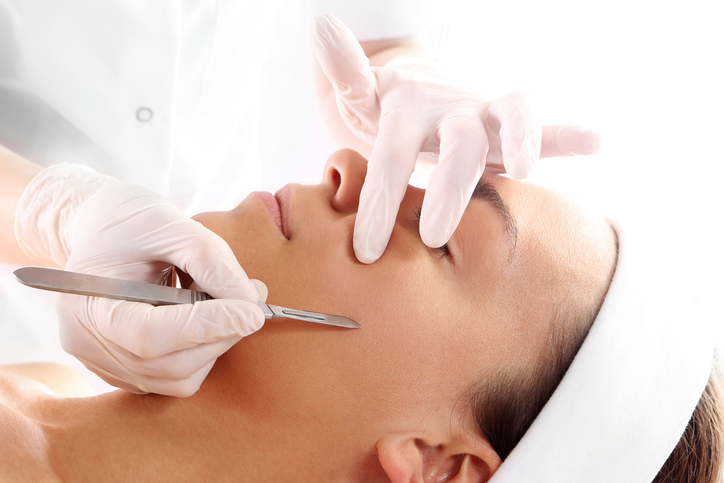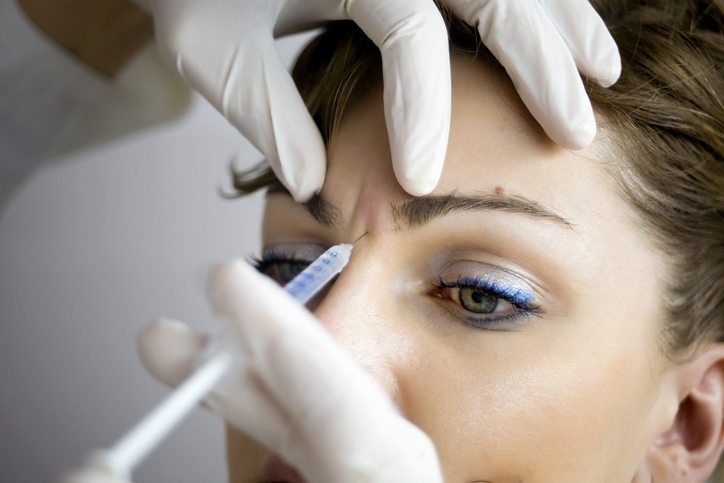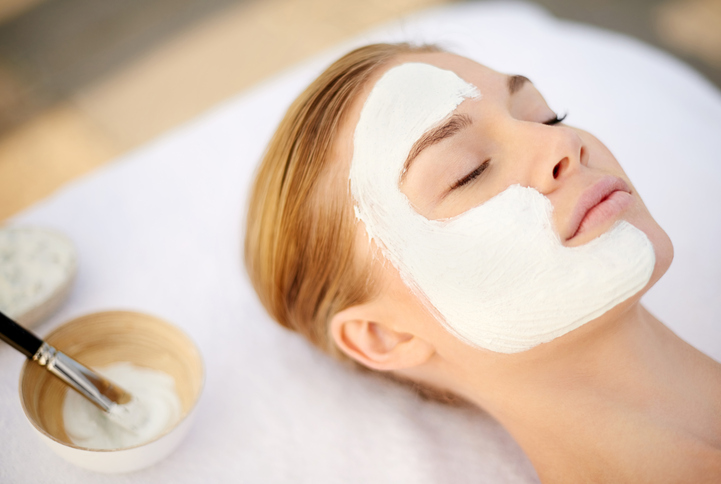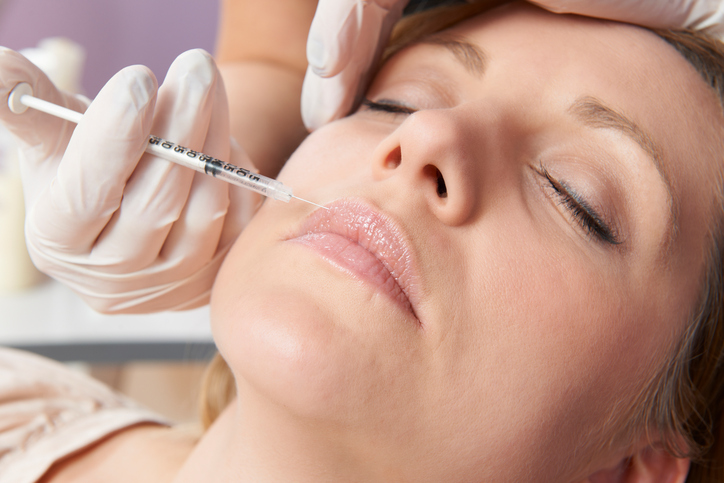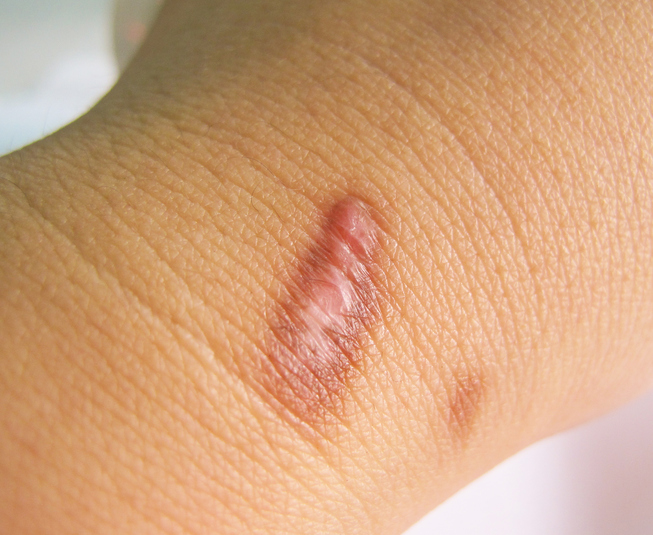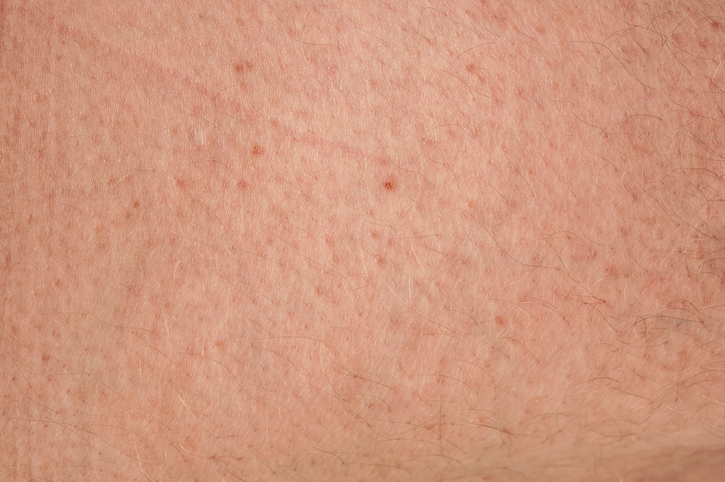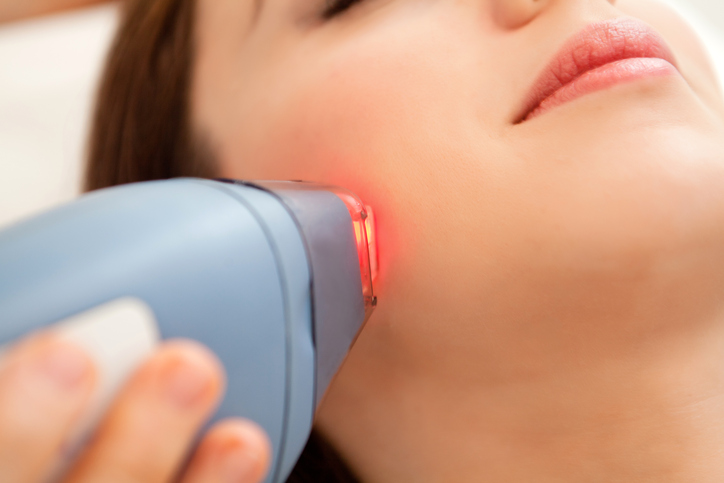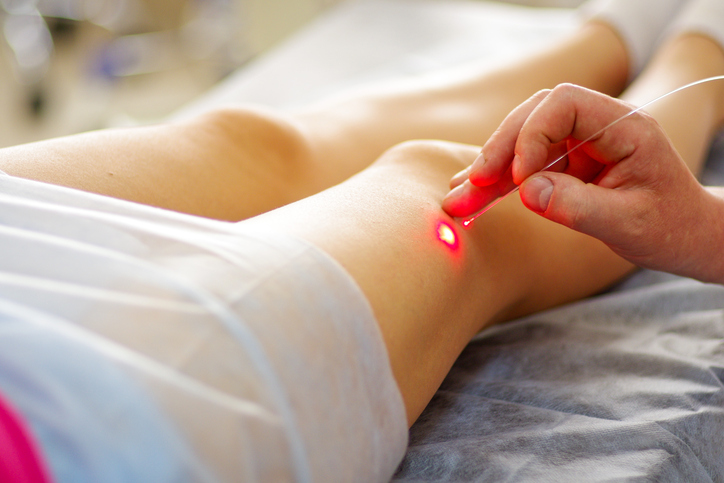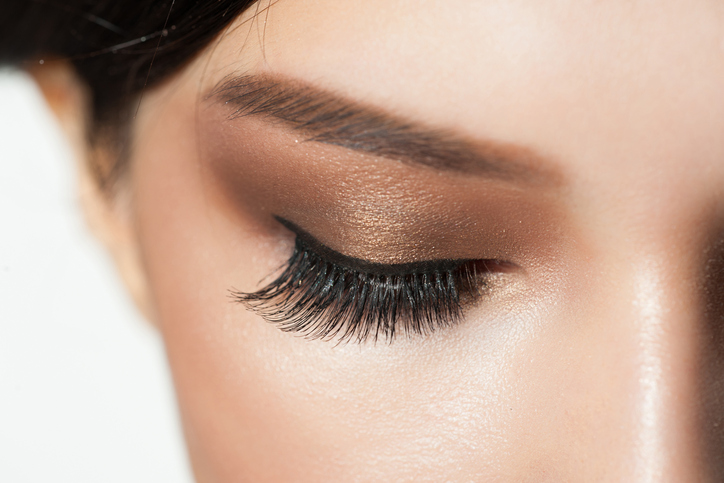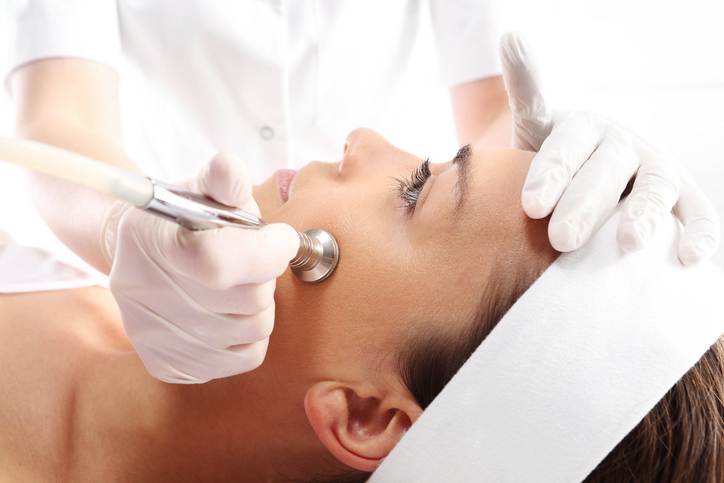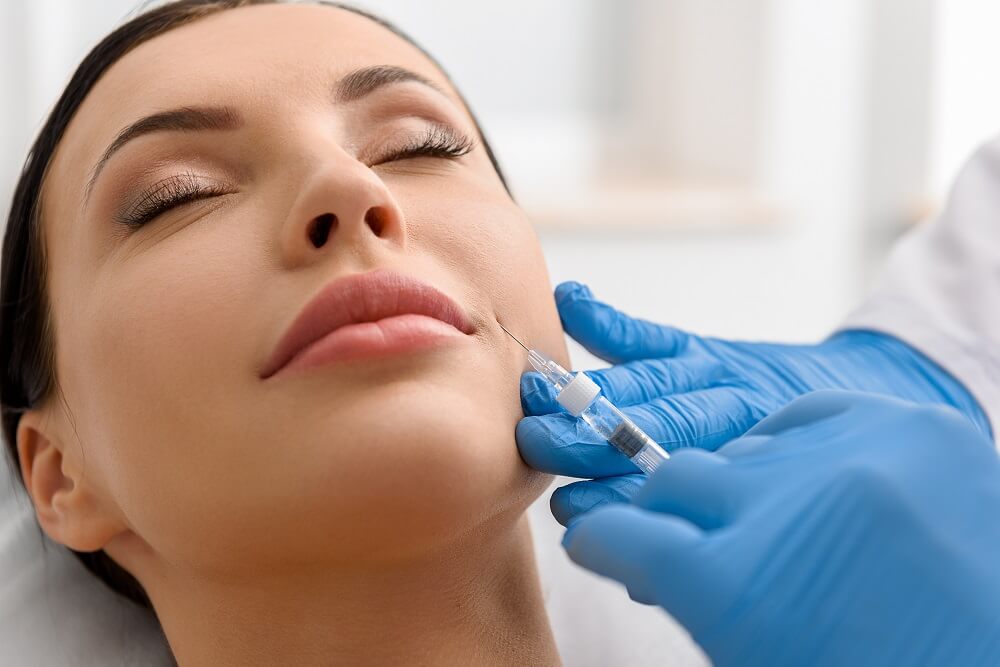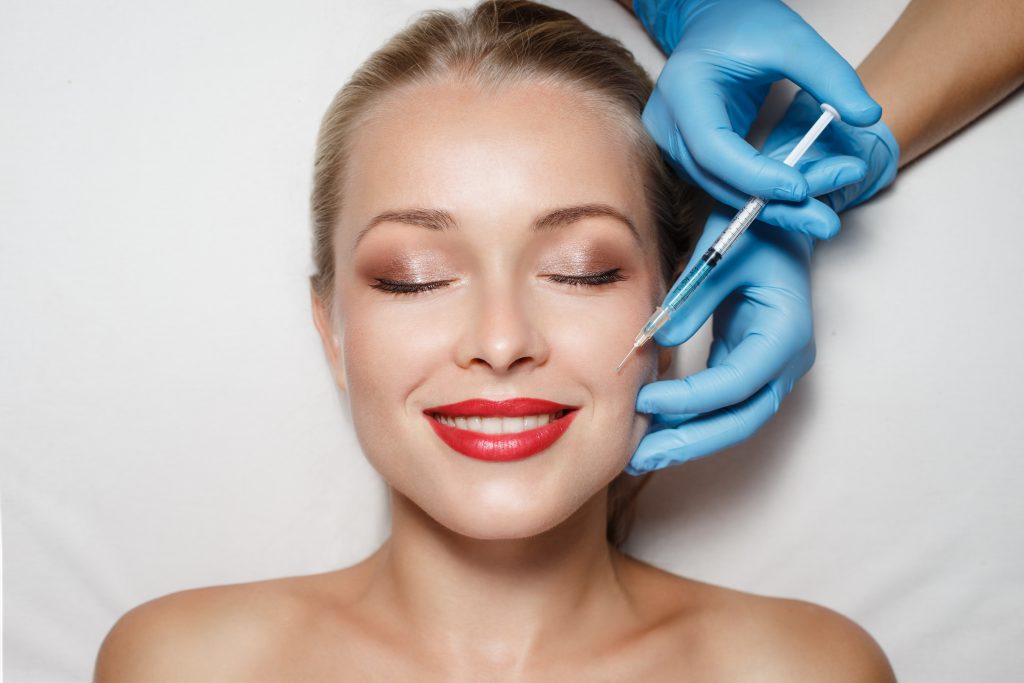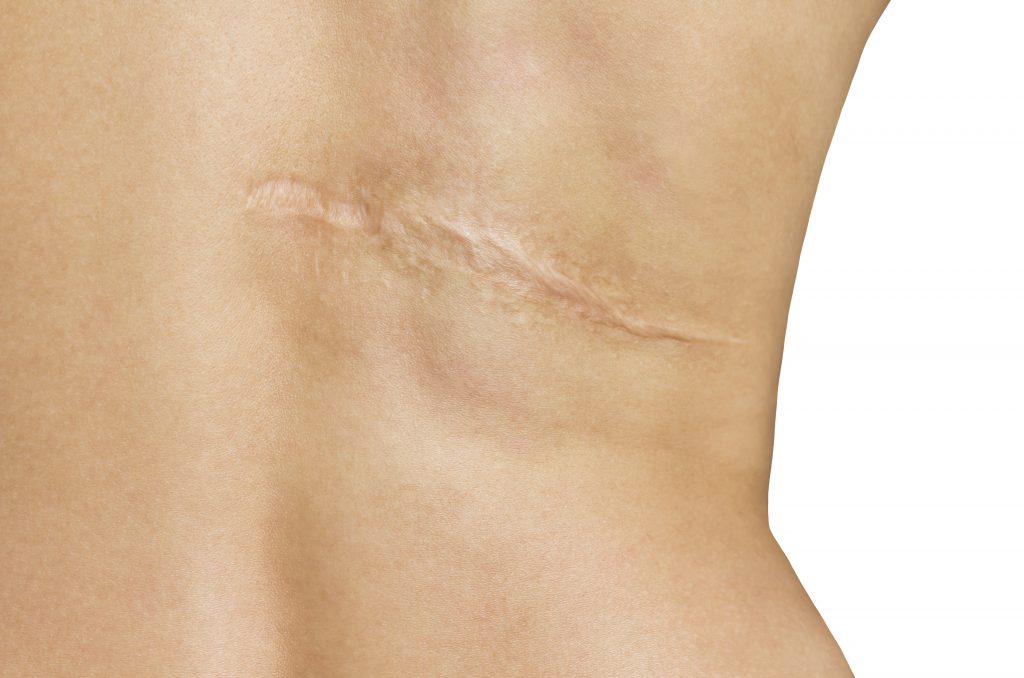Dr. Hans M. Sander is board-certified by the American Board of Internal Medicine in internal medicine and by the American Board of Dermatology in dermatology. He was re-certified by voluntary examination by the American Board of Dermatology in 2009. He grew up in an Air Force family and has lived in Asia, the Middle East and North America. He moved to central Texas in the 1970s and now calls Austin his home. Dr. Sander first practiced in Dallas and has been a dermatologist in Austin since 1992. His Jollyville Road location has been open since 1999.
Dr. Sander graduated with a BS degree from Texas A&M University. He earned his MD degree from the Texas A&M College of Medicine. After graduating from medical school, Dr. Sander completed six years of residency training in internal medicine at Scott and White Hospital in Temple, Texas, and in dermatology at the Mayo Clinic in Rochester, Minnesota.
Dr. Sander enjoys taking care of people of all ages. He has experience and expertise in the treatment of dermatologic diseases and skin cancer. He has participated as a clinical investigator in clinical studies in acne and psoriasis. He is currently participating in a study monitoring the safety of a biologic modifier medication in the treatment of psoriasis.
Specialties and Affiliations
- Baylor College of Dentistry Former Assistant Professor
- Southwestern Medical School Former Clinical Instructor in Dermatology
- Brackenridge Hospital Former Department Chief
- American College of Physicians Fellow, 1989
- Texas Monthly Super Doctor – Hall of Fame, 2005-2017
- Austin Monthly Austin Top Doctors, 2016 & 2018
- Consumer Research Council of America Top Dermatologist, 2008 and 2009
- Patient’s Choice Compassionate Doctor 2010
- American Contact Dermatitis Society
- American Academy of Dermatology
- American Board of Internal Medicine
- American College of Physicians
- American Society of Dermatologic Surgery
- Texas Dermatology Society
- Skin Cancer Foundation
- Travis County Medical Society
Badges and Awards




Featured Blogs
- Super Doctors 2023 Recognizes 43 U.S. Dermatology Partners Physicians in Peer-Nominated Award
- Thirty-One U.S. Dermatology Partners Dermatologists Across Texas Received Super Doctor & Rising Star Awards
- What Fitzpatrick Skin Type Are You?
- Texas Monthly Super Doctors 2020 Recognizes 35 U.S. Dermatology Partners Physicians in Peer-Nominated Award
- Texas Monthly Recognizes 26 U.S. Dermatology Partners Physicians


